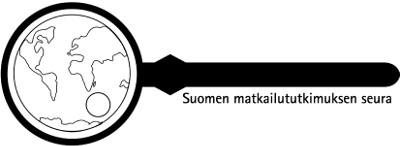Pohjois-Suomen suurten matkailukeskusten ja niiden sijaintikuntien väestökehitys: paikkatietonäkökulma
Avainsanat:
matkailukeskukset, väestönmuutokset, paikkatietojärjestelmät, Pohjois-SuomiAbstrakti
Resorts are key elements in the tourism phenomenon, because they are considered places for tourism demand and supply. Basically, resorts are geographical units, and at the local level they are traditionally understood as administrative regions, that is a municipality. However, in Finland resorts are seen as a part of a municipality, not independent administrative regions. GIS (Geographical Information Systems) and georeferenced data are therefore needed when statistically examining socioeconomic changes of resorts. The purpose of this study is to examine the development of the population of large resorts (Levi, Ruka, Saariselkä and Ylläs) and their location municipalities (Kittilä, Kuusamo, Inari and Kolari) in Northern Finland. The study results indicate that the development of the population in the municipalities was negative in 1970–2003. The only exception was the municipality of Inari. Contrary to the municipalities, the development of the population in the resorts was positive in 1970–2003. Furthermore, the population of the resorts seems to be concentrated on a smaller geographical area.






